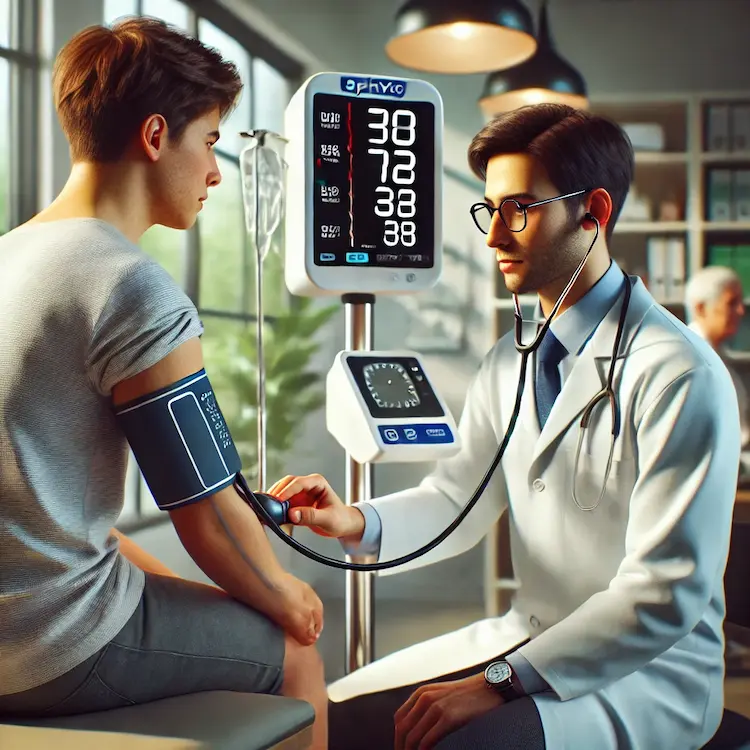Hypertension, or high blood pressure, is no longer an issue exclusive to adults. The growing prevalence of hypertension in adolescents is a significant public health concern. Early detection and monitoring are crucial in preventing long-term complications such as heart disease, stroke, and kidney problems. Sphyg, a leader in innovative medical equipment, plays a vital role in improving blood pressure monitoring for adolescents.
This article explores the importance of early hypertension detection, its societal and health implications, relevant statistics, and how Sphyg’s devices and other monitoring methods contribute to better adolescent health management.
Hypertension occurs when blood pressure levels remain consistently high, putting excessive strain on arteries and organs. Blood pressure is measured in two numbers:

Several factors contribute to high blood pressure in young individuals, including:
The long-term effects of adolescent hypertension include:
Early identification allows for lifestyle changes and medical intervention before hypertension progresses into a severe condition. Adolescents with undiagnosed hypertension may remain unaware of their health risks, making regular monitoring essential.
Sphyg provides clinically validated and user-friendly blood pressure monitors that are particularly beneficial for adolescents:
| Feature | Benefit |
|---|---|
| Oscillometric technology | Accurate and easy-to-use readings |
| Multiple cuff sizes | Ensures proper fit for growing adolescents |
| Bluetooth connectivity | Enables digital tracking for parents and doctors |
| Clinically validated | Meets international standards for accuracy |
These features ensure that adolescents receive reliable, non-invasive, and efficient blood pressure monitoring, making early detection possible.
Several methods are used to measure blood pressure in adolescents, each with its strengths and limitations.
| Method | Description | Pros | Cons |
|---|---|---|---|
| Oscillometric (Digital Monitors) | Measures pressure fluctuations in arteries. | Easy to use, accurate, and convenient. | May require calibration over time. |
| Auscultatory (Mercury or Aneroid) | Uses a stethoscope to listen to blood flow sounds. | Highly accurate in clinical settings. | Requires professional training. |
| Ambulatory Blood Pressure Monitoring (ABPM) | Worn for 24 hours to track fluctuations. | Provides comprehensive data over a full day. | Not always accessible; costly. |
| Home Monitoring with Sphyg Devices | Allows daily tracking of blood pressure. | Convenient, encourages self-monitoring. | Accuracy depends on proper cuff size and technique. |
Among these, Sphyg’s digital monitors offer a balance of accuracy, ease of use, and accessibility, making them ideal for at-home monitoring.
Parents and adolescents can take proactive steps to manage and prevent high blood pressure:

Hypertension in adolescents is a growing concern, but early detection using Sphyg’s blood pressure monitoring devices can significantly reduce risks. With reliable, easy-to-use, and clinically validated monitors, adolescents and parents can take proactive steps toward better heart health. Regular monitoring, a balanced lifestyle, and medical guidance ensure that hypertension is managed effectively, preventing severe health complications in adulthood.